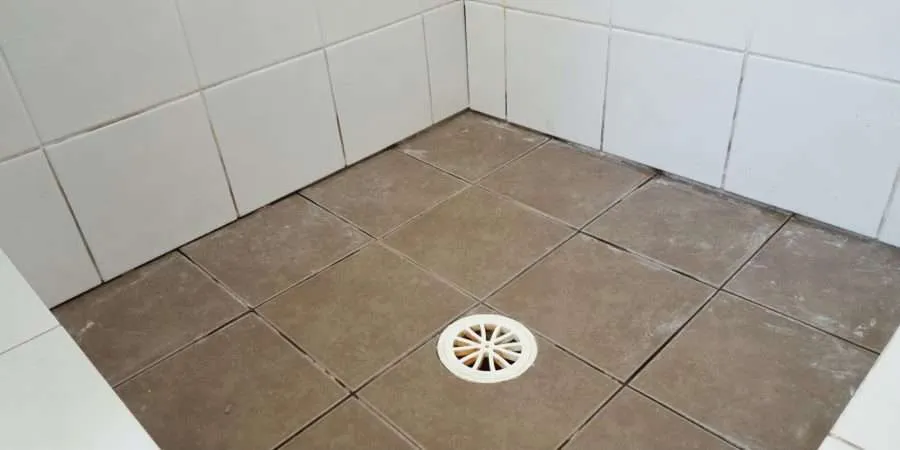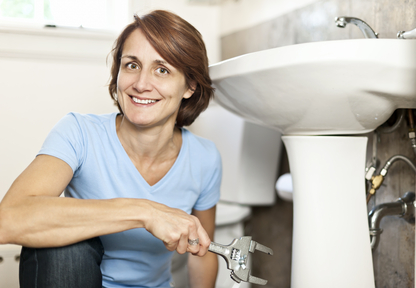Exactly How to Help Prevent Water Damage in Your Bathroom
Exactly How to Help Prevent Water Damage in Your Bathroom
Blog Article
Just how do you really feel when it comes to Common Causes of Water Damage in a Bathroom?

The washroom is extremely vulnerable for damp build-up as well as possible water damages due to the frequent use of water in it. This article provides easy evaluation methods to assist finding water damages threats.
The frequent use of water in the shower room makes it exceptionally vulnerable for moist accumulation and potential water damage. By inspecting it routinely, you can reduce water related damages.
The complying with set of evaluations is easy to perform and also must be done when in every 3 months in order to keep your restroom in good shape as well as to prevent potential water damages caused by the bathtub, the shower, pipeline joints and also plumbing, sinks, closets, as well as the bathroom
Do not overlook carrying out these inspections and also be complete while doing them. Bear in mind that these easy inspections can conserve you a great deal of cash by offering early indications for water damages
Bath tub as well as Shower
The shower and bath tub need special attention and also maintenance. Check the floor tiles and change if broken. See to it that there is no missing grout in between the ceramic tiles. Inspect as well as replace fractured caulking at joints where the walls fulfill the flooring or the bathtub. Obstructed drains and also pipes troubles will stop the bathtub from drying out and might indicate severe problems under the tub. Seek advice from an expert immediately to avoid architectural damage. Take notice of discolorations or soft locations around the bathtub wall surfaces as they may suggest an internal leakage.
Plumbing
Signs for water damage are difficult to identify considering that most pipelines are mounted inside the walls.
Pay unique attention to floor covering and walls dampness and spots as they might show an unnoticeable plumbing trouble. Examine moisture levels in adjacent rooms also.
Sinks and also Cabinets
Sinks and cupboards are revealed to moisture as well as moisture daily as well as are usually neglected. Check regularly under the sink and on the counter top over it. Fix any drip in the trap as it might recommend drain issues. Browse the sink, slow draining pipelines might indicate a blocked drainpipe. Change sink seals if they are cracked or loose.
The Bathroom
The bathroom is an at risk water junction. Check the water lines as well as look for leakages around the commode seat, in the hose, as well as under the water storage tank. If you find any kind of signs of moisture on the floor around the bathroom, look for leakages in the toilet edge and tank seals.
Understand that hanging bathroom bowl antiperspirants boosts the possibilities for blockages.
Water Damage Signs In The Bathroom To Avoid Cleanup
Musty smell
This is one of the easiest signs to catch because musty smells are so odorous. The damp, earthy, moldy smell should be a big red flag. The smell will develop when moisture gets trapped in surfaces, and begins to facilitate mold growth. Leaking pipes under cabinets, inside walls, and behind shower fixtures will cause moisture to stay trapped and not dry, which will lead to mold growth and spread. As soon as you notice any musty smells in your bathroom, have it checked for hidden water damage and cleanup signs.
Visible mold
If the smell isn’t there to give it away, sometimes you will actually see mold growth. Finding mold in your bathroom is a serious problem, because mold is very harmful to your health. By the time mold growth is visible, it also means that water damage has already occurred and been present for some time. The only way the mold problem can be resolved is to find the source of the moisture and get it stopped. To safely and adequately remove mold, you need to have professionals handle the remediation. Do not waste any time in getting mold problems addressed, fixed, and sanitized so that you can protect you and your family from the many respiratory symptoms caused by mold exposure.
Damaged floors
Bathroom floors should be able to withstand some exposure to water while still remaining in good condition. However, when excess exposure or water leaks occur, they will begin to damage even the most water-resistant flooring. If you notice any cracking, bubbling, staining, or warping on your bathroom floors, there is probably a water leak somewhere causing the distortion. If you notice areas of the floor have become softer, or even have a spongy feeling, there is probably damage to the subfloor. Subflooring is typically made up of plywood. When plywood is exposed to water or moisture, it will absorb it. Once it has become saturated, the weight of the excess water will cause the wood to swell and soften. Check the floors in your bathroom frequently to catch any of these sings before they lead to damaged subflooring.
Changes on walls
When water leaks behind walls, it will cause changes in the drywall. Peeling plaster, blistering paint, and soggy wallpaper are all good indicators that excess water is building up behind the wall. Water leaking behind drywall will cause it to swell and be soft to the tough. If you start to notice gaps along the trim of your walls, or where tile meets the wall, it could also be a strong indicator that there is a leak behind the wall. Any changes, distortion, or damage on the walls should be evaluated as soon as you notice it to prevent further water damage and cleanup.

We had been guided to that article on Common Causes of Water Damage in a Bathroom through an acquaintance on a different site. Remember to take the opportunity to share this blog posting if you enjoyed it. Thank you for taking the time to read it.
Request Service Report this page